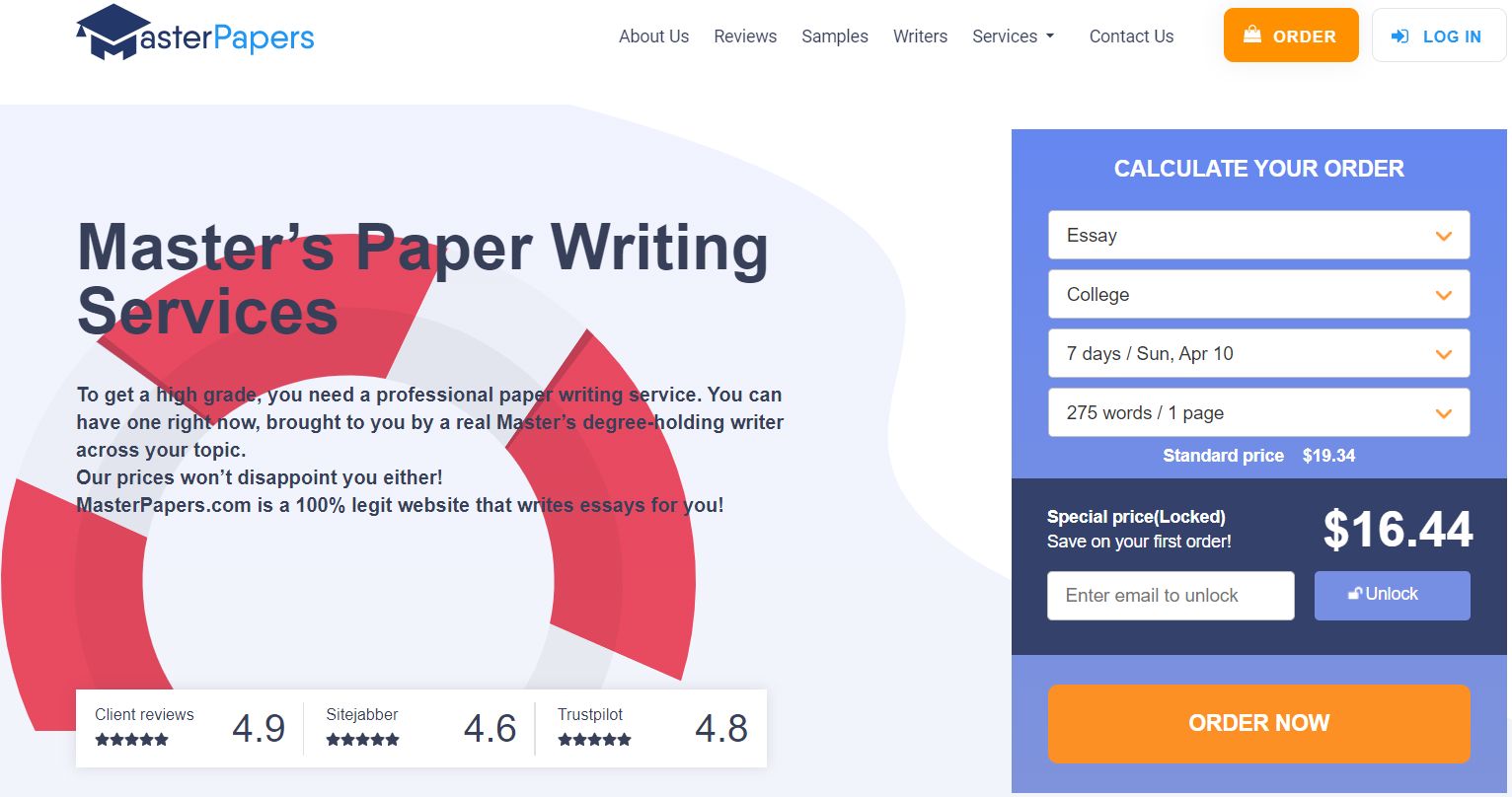What is Essay Format
Publication Date: 04 July 2022
No matter how simple an essay is as a writing task, it is still a type of academic research paper, and as with all research papers, it has to follow a certain format. In most cases, instructors and professors don’t put forward any particular requirements to a simple high school or college essay. They merelly expect their students to follow a universal essay format. Though at times, an ordinary essay task may come loaded with a detailed format requirement.

Here we will discuss what an essay format is, review the most common college essay formats and how they differ.
Why is an Essay Format Important?
Formats and other standardization tools don’t exist without a purpose. They are meant to regulate a rather creative and chaotic type of writing as a college essay. When students write essays they compete with each other in writing abilities and teachers have to analyze, assess and grade their works. Assessing 20-30 works written in different formats is not only difficult but also subject to a high degree of bias, as one student may have written a paper on 5 pages and supplied it with dozens of high-quality references, while another one chaotically wrote a few paragraphs.
This is why standardizing and regulating their writing process becomes a basis for a fair and transparent assessment. The competition wins when everyone plays by a given set of rules and follows a common format.
What is an Essay Format?
An essay format is a set of rules and requirements that regulate the writing process. An essay format defines a common layout and outline, which students have to follow during writing. It makes one’s paper look better and structures it for better readability and evaluation. There are several elements in a common college essay format, which we will all review in the next chapter.
General Essay Format Elements and What They Mean
Here is the list of general or typical essay format requirements with their short description. Anyone can expect to see all or a few particular elements from this list in their college essay requirements.
- Margins. Margins are spaces between your text and page edges. The standard margins set up for an academic essay is to use one-inch margins from all sides. This can be set in the settings of MS Word or any other text processing tool that you use.
- Spacing. Spacing in essay format is the interval between lines of text. The most typical requirement for spacing in academic essays is to use single or double space. Sometimes, an average of a one-and-a-half-space is used.
- Font style. In academic writing, we use only a few font styles, which are Times New Roman, Calibri, or Arial. Please mind that depending on the font style you use, the same text volume in word count would occupy a different number of pages.
- Font size. Here everything is rather simple – in college essays, we use font sizes in this interval – 11-14. Reading an essay becomes easier with a larger font size. Some students prefer smaller font sizes (11-12), while others use the 14th size.
- Pages. It is a commonly accepted essay format rule to use page numbers. However, when an essay is short (one page long), there is no need to use page numbers. Page numbers are most typically located at the bottom of the page (in the center), however, top right or bottom right positioning is also common.
- Bold or Italics. There are no strict requirements on when to use bold font type and one may use it at will – whenever there is a need to highlight something in the text. However, the italics font type is commonly used when quoting others and referencing other works. An essay format requires the writer to italicize titles and names of works.
Essay Format – The Structure
When we asked a few random college students about an essay format, most of them began talking about an essay structure. This is not surprising, as even in high school students study the basics of essay writing by learning about its structural elements. By structure, we mean a fixed composition of writing, consisting of several key elements. Here is what an extended essay structure looks like:
- Title Page. On the Title Page, we write the title of the work, and sometimes students’ and professors’ names;
- Abstract. It is a summary and the essence of the work. In most cases it is only one paragraph long;
- Table of contents. The table of contents in an essay format includes the Introduction, the Main Body, and Conclusion, plus page numbers for each of those;
- Introduction. An introduction should be one or two paragraphs long and contain a thesis statement – the author’s main point/research question they are going to answer in the essay;
- The Main Body. This is the principal part of every essay. It consists of arguments, facts, evidence, and their explanation. Allow for one paragraph for each argument. A good number of paragraphs in an average college essay is 3-5;
- Conclusion. Present your key findings here, reiterating your thesis statement and explaining how your work was useful.

Popular Essay Format Styles
An overview of essay format would be incomplete without mentioning format styles. Those are generally accepted rules on referencing external sources in your work. Every time you want to quote someone else in your text, you must do it properly – according to a particular referencing style.
There are four major referencing styles used in academic writing: APA, Chicago, Harvard, and MLA. Chicago style also has a modern equivalent, called Turabian, which we will not touch upon in this article.
APA Style
APA is a style of citation and design of bibliographic lists. It was developed by the American Psychological Association. APA-7 (APA 7th ed.) is the latest seventh edition of the American Psychological Association’s standard for composing lists of used sources and references in academic writing.
Today, the APA international citation style is one of the most widely used throughout the world. It is designed to guarantee a transparent and high-quality reference to the sources used. Most often, APA is used by scientific publications specializing in the humanities, in particular psychology, philology, sociology, etc.
Citation according to the APA style is carried out in two ways:
- In-text citation;
- Bibliographic list citation (directly in the list of sources used in the work).
Use only the last name of the author(s) with a comma and the year of publication. Add page, chapter, or section numbers if you need to specify the information, for example, if you are quoting, paraphrasing, or summarizing what the author said in his work.
In APA style, no distinction is made between books, journal articles, Internet documents, or other essay formats, except for electronic documents that do not contain page numbers. In this case, use the paragraph number, if any, with the abbreviation of that paragraph.
Chicago Style
The style was created by the University of Chicago Press in 1906 for use in the social and later physical and natural sciences.
A key feature of the Chicago style (17th edition) is the possibility, as in the APA style, of choosing from several reference formats:
- Inside the text or in-text citation;
- Outside the text or in the bibliographic list at the end of the paper.
The author-date referencing in Chicago style implies the use of in-text references whenever one cites a source, be it a paraphrase, a direct quote, or a block quote.
The in-text reference must necessarily consist of two elements: author (editor/compiler/name of cited source, if the author is absent) and the year of publication.
Page numbers are necessary for the bibliographic list when an essay format implies the use of several pages, each having multiple references.
Harvard Style
There is no fixed set of rules in the Harvard style of citation because there is no institution that would develop and approve it. Due to the lack of a standard form, there are constant modifications to this style. Today, there are more than 60 variations of the design of citations according to the Harvard style. They differ by region, institution, and level, but have similar general approaches.
We will review the most general and widespread design of Harvard-style citations used in essay format.
The Harvard citation style is similar to the first two styles and will have the following format for in-text and out-of-text references.
- In-text. Mention the author’s name first, then followed by the year of publication, and finish off with page numbers.
- Out-of-text references. First comes the author(s) name, year of publication, title, subtitle (if applicable), publisher, and place of publishing.
MLA Style
The last style of formatting citations and references in essays, which we will review in this article, is MLA (the Modern Language Association) style. This style is the most common when writing papers and citing sources in the field of humanities.
It was developed for use in English philology, for the study of other modern languages or literature, including comparative analysis, literary criticism, media studies, cultural studies, and related disciplines. The purpose of MLA style is to be brief and provide only the necessary amount of details in the identification of the cited source and the location of the information in that source.
- In-text citations. Only the author name(s) followed by page numbers are used.
- Bibliographic list of citations. Author, title, edition, publisher, and year.
The Bottom Line
As you can see, essay format is an important characteristic of every college essay. It has many manifestations and takes on various forms; though on a very basic level it has to do with the structure of an essay and some general requirements on the page and text formatting. At colleges and universities, and with any serious academic writing in general, an essay format also stipulates applying specific citation styles.






